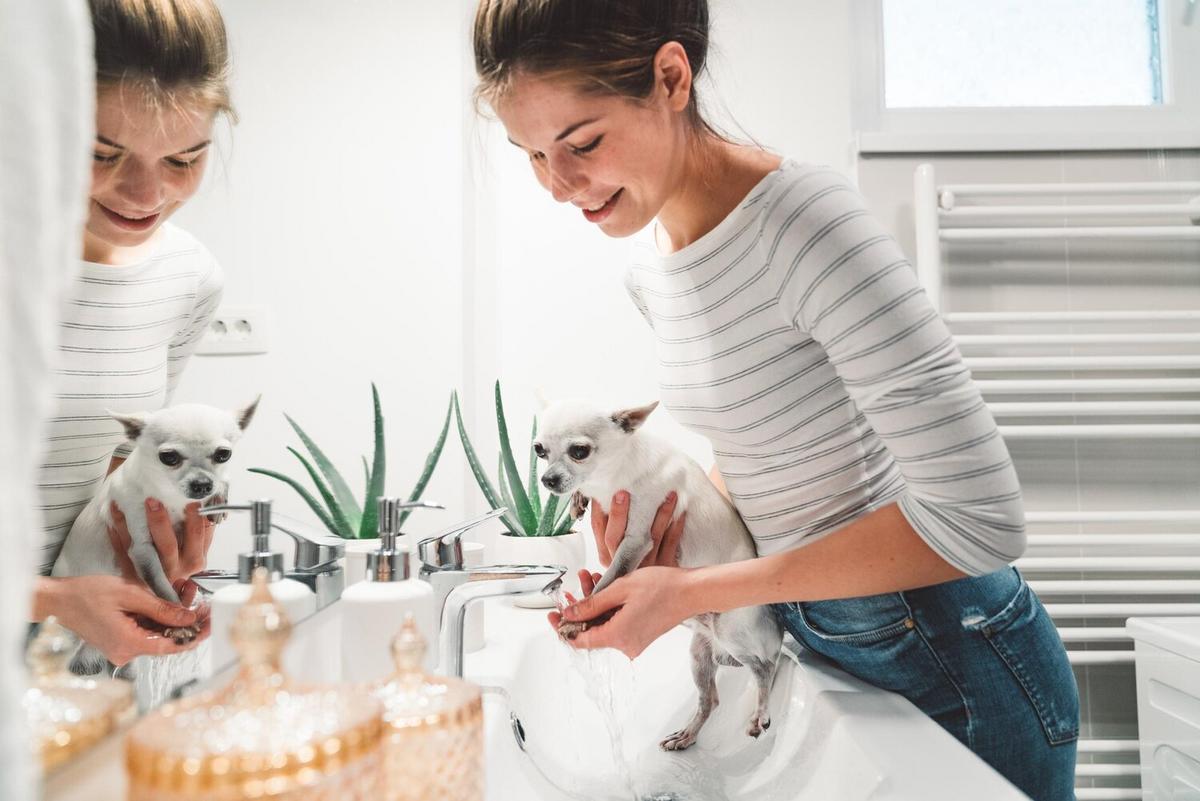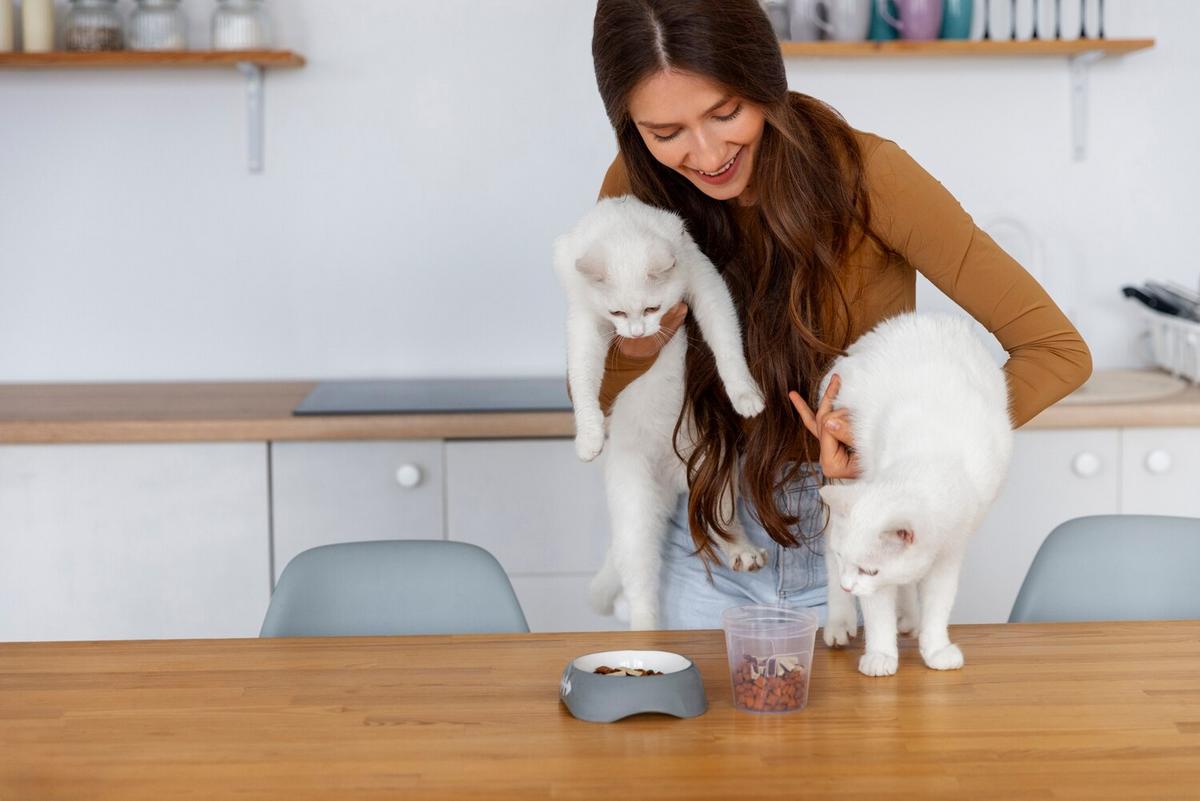
Raw vs. Kibble: Pros and Cons
As pet owners become more conscious about their furry friends’ diets, the debate between raw and kibble diets continues to gain momentum. Each option has its proponents and detractors, and understanding the pros and cons of each can help you make an informed decision for your pet’s health.
Understanding Raw and Kibble Diets
Raw diets typically consist of uncooked meat, bones, and organs, often supplemented with fruits and vegetables. On the other hand, kibble is a processed, dry food made from various ingredients and fortified with vitamins and minerals.
Pros and Cons of Raw Diets
| Pros | Cons |
|---|---|
| Fresher ingredients | Risk of bacterial contamination |
| High protein content | More expensive |
| Improved coat condition | Time-consuming preparation |
| Better dental health | Imbalanced nutrition if not properly managed |
| Increased energy levels | May not be suitable for all dogs |
| More natural diet | Storage challenges |
| Potential for fewer allergies | May pose health risks to humans |
| Weight management | Requires veterinary guidance |
Pros and Cons of Kibble Diets
| Pros | Cons |
|---|---|
| Convenient | Potential for lower quality ingredients |
| Cost-effective | Preservatives and additives |
| Long shelf life | Can lead to dental issues |
| Balanced nutrition | Less natural diet |
| Wide variety of options | May lead to weight gain |
| Easy storage | May cause allergies |
| Less risk of bacterial contamination | Lower moisture content |
| Veterinary-approved formulas | May not suit all dietary needs |
Expert Opinions and Research
Veterinarians and pet nutrition experts often have differing opinions on raw vs. kibble diets. According to a study published in the Journal of Animal Science, raw diets can improve coat quality and energy levels but pose a significant risk of bacterial contamination. Conversely, kibble diets are typically balanced and convenient but may contain lower-quality ingredients.
Personal Anecdotes
Many pet owners have seen remarkable improvements in their pets’ health after switching to a raw diet. For instance, some report shinier coats and increased energy levels. However, others find kibble to be a more practical and cost-effective solution, especially for busy households.
Actionable Tips
- Transition gradually: If switching diets, do so gradually to avoid digestive issues.
- Ensure balance: Whether choosing raw or kibble, ensure the diet is balanced and meets all nutritional requirements.
- Monitor health: Regularly monitor your pet’s health and adjust their diet as needed.
- Practice safe handling: For raw diets, practice safe food handling to prevent bacterial contamination.
FAQ
Is a raw diet safe for all dogs?
Not necessarily. Some dogs may have underlying health conditions that make a raw diet unsuitable. Always consult your veterinarian.
Can I mix raw and kibble?
Yes, but it’s essential to ensure both are balanced and meet your pet’s nutritional needs.
How can I ensure my pet gets a balanced raw diet?
Consult with a veterinary nutritionist to create a balanced raw diet plan.
Is kibble less nutritious than raw?
Not necessarily. High-quality kibble can be very nutritious and is often fortified with essential vitamins and minerals.
Conclusion
Both raw and kibble diets have their pros and cons. Raw diets offer fresher ingredients and potential health benefits but come with risks and higher costs. Kibble is convenient and cost-effective but may contain additives and preservatives. Ultimately, the best choice depends on your pet’s specific needs and your lifestyle. Always consult your veterinarian for personalized advice and ensure any dietary changes are made gradually and safely.

